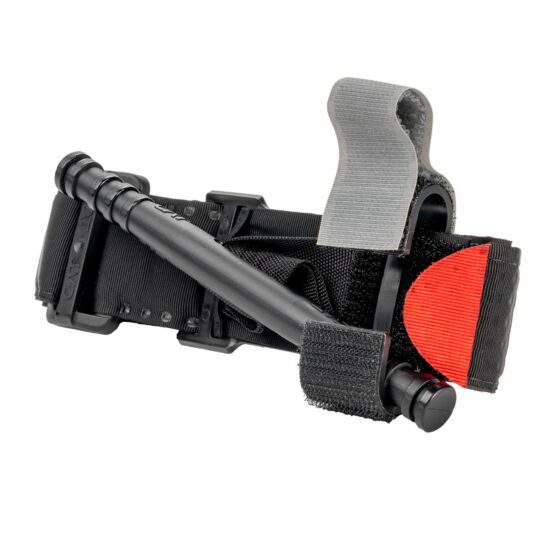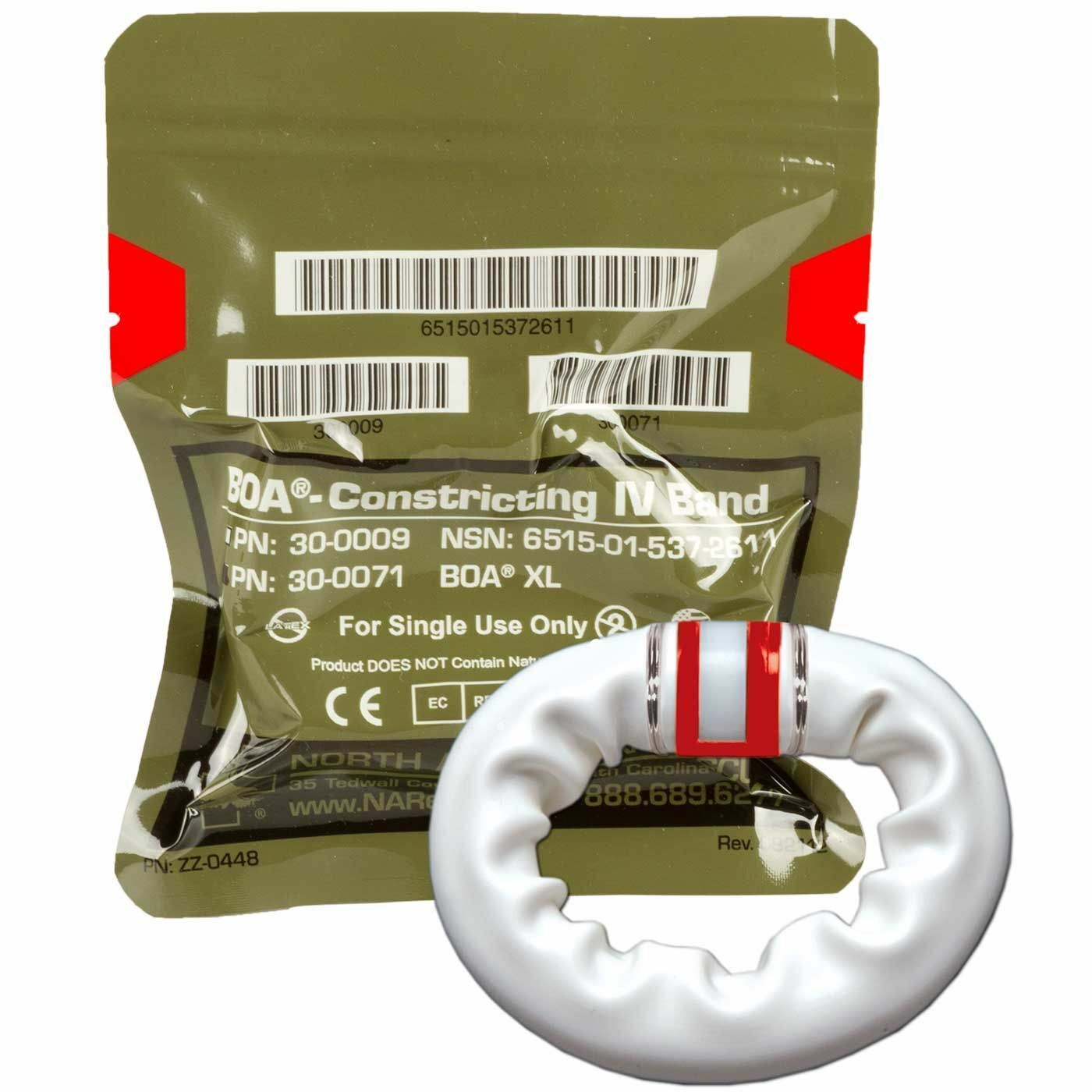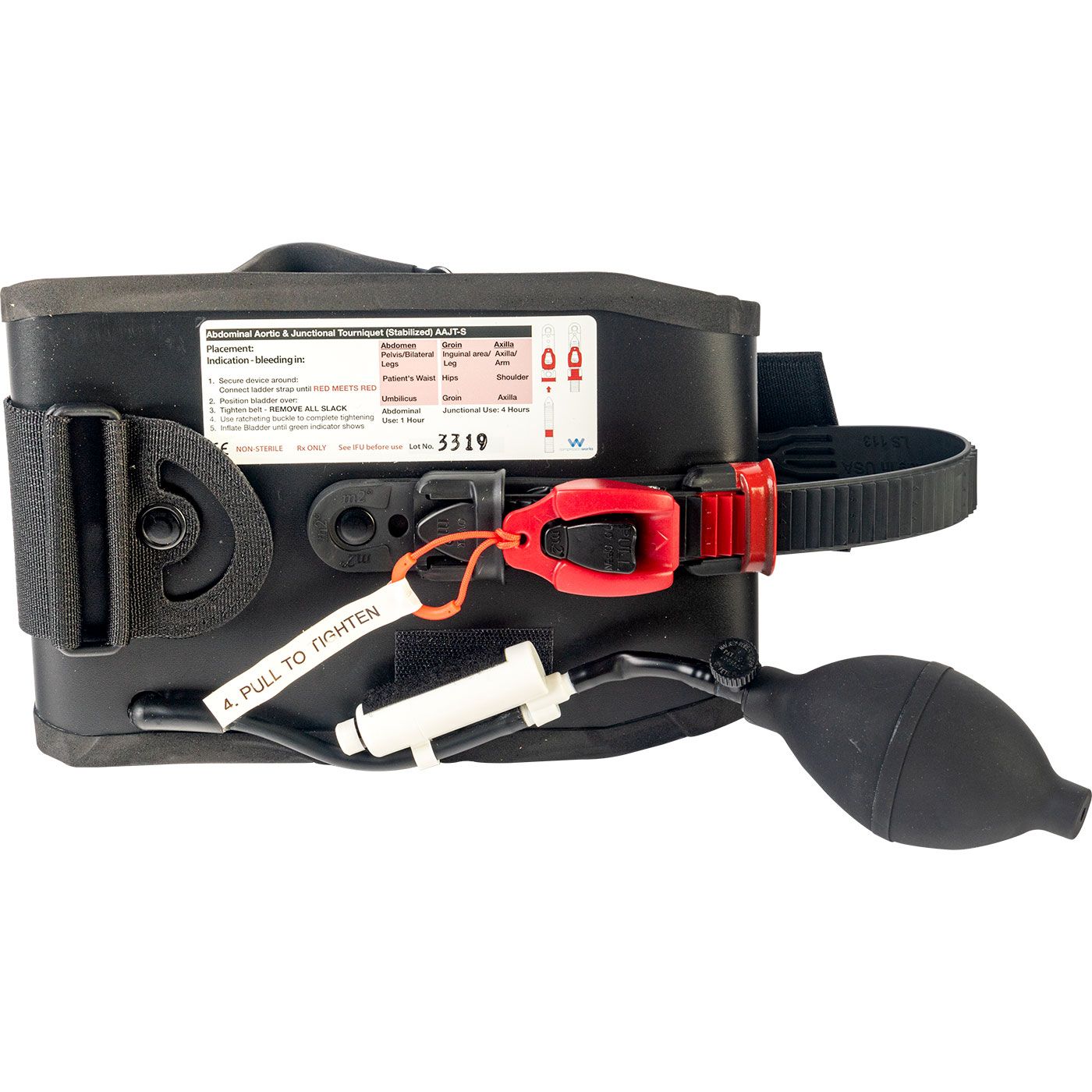What is an Esmarch tourniquet: purpose and use
Content
- Esmarch's tourniquet: What is it?
- Use of the Esmarch tourniquet
- How to prepare an Esmarch tourniquet before applying it
- How to apply an Esmarch tourniquet correctly
- For how long is the Esmarch tourniquet applied
- How to determine if the tourniquet is applied correctly
- When not to apply an Esmarch tourniquet
- Choosing between an Esmarch harness and a turnstile
- Conclusion
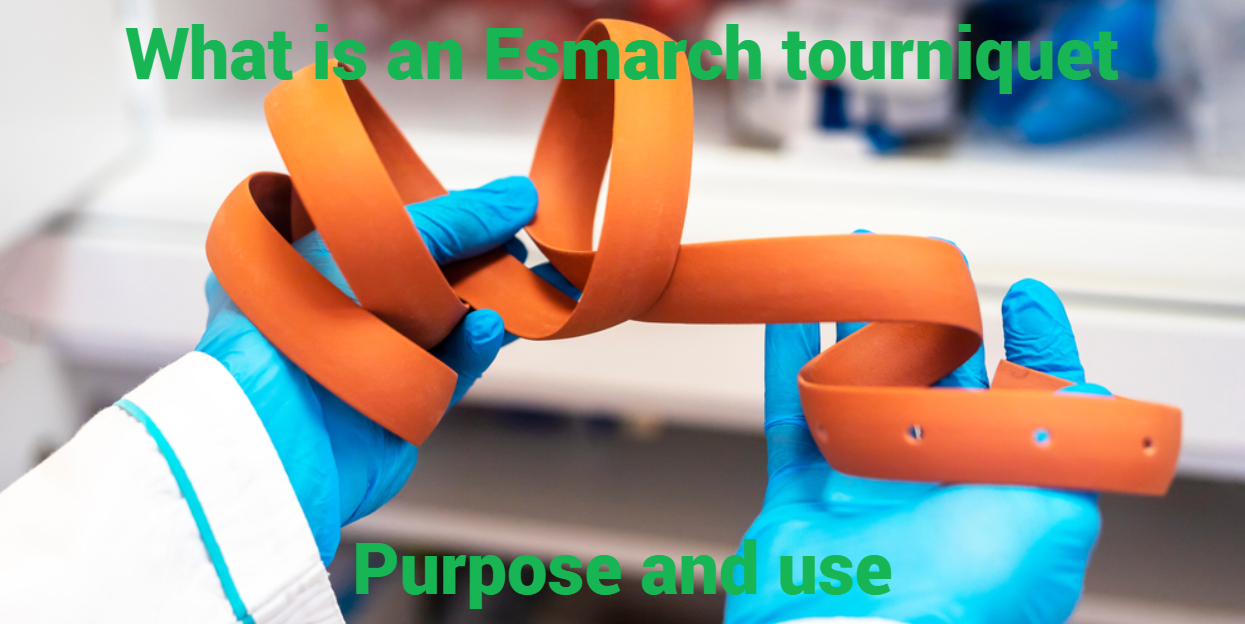
In emergency situations, especially on the battlefield or in case of serious injuries, it is critical to stop bleeding quickly and effectively to save the victim's life.
One of the classic tools that has been widely used for many decades is the Esmarch tourniquet. Despite the emergence of more modern devices, such as tourniquets with a twisting mechanism, the Esmarch tourniquet continues to be an important medical tool due to its simplicity and effectiveness.
The ability to use it correctly remains essential for medical personnel, as well as civilians who may find themselves in an emergency situation.
In this article, we will look at what an Esmarch tourniquet is, what it is intended for, what are the rules for its use, and what advantages and disadvantages this medical device has compared to other modern bleeding control devices.
Esmarch's tourniquet: What is it?
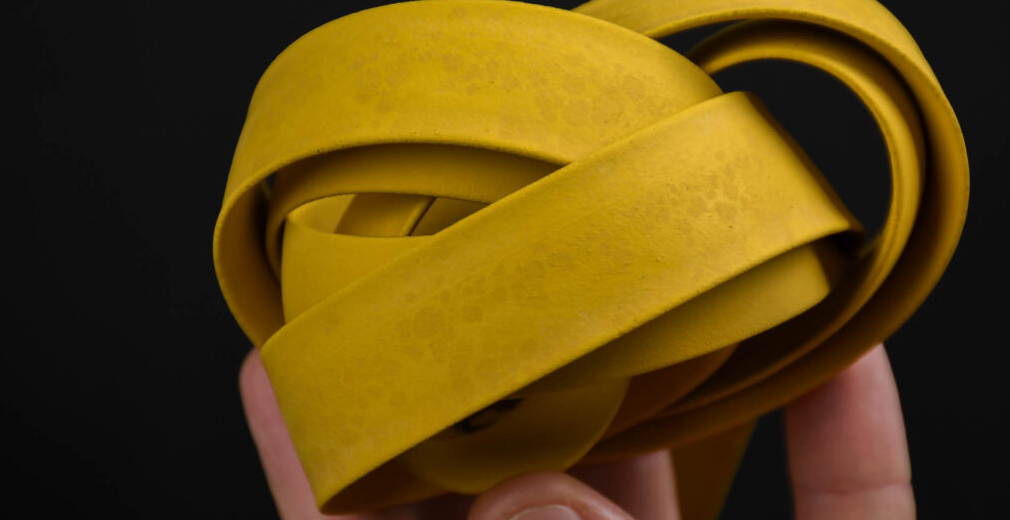
An Esmarch tourniquet is a special rubber medical device designed to stop bleeding on the extremities quickly and effectively by clamping the main arteries.
It was first developed in 1873 by German surgeon Johann Friedrich August von Esmarch. This easy-to-use device significantly influenced the development of bleeding control techniques and became indispensable in military medicine and emergency care.
Traditionally, Esmarch tourniquets are made of strong and flexible rubber, although modern versions may include synthetic materials to increase strength and durability.
The tourniquet looks like a long rubber strip with a buckle or special clasp to regulate and fix the pressure. Often, the surface of the tourniquet is marked for easy and correct application to the injured area.
Use of the Esmarch tourniquet
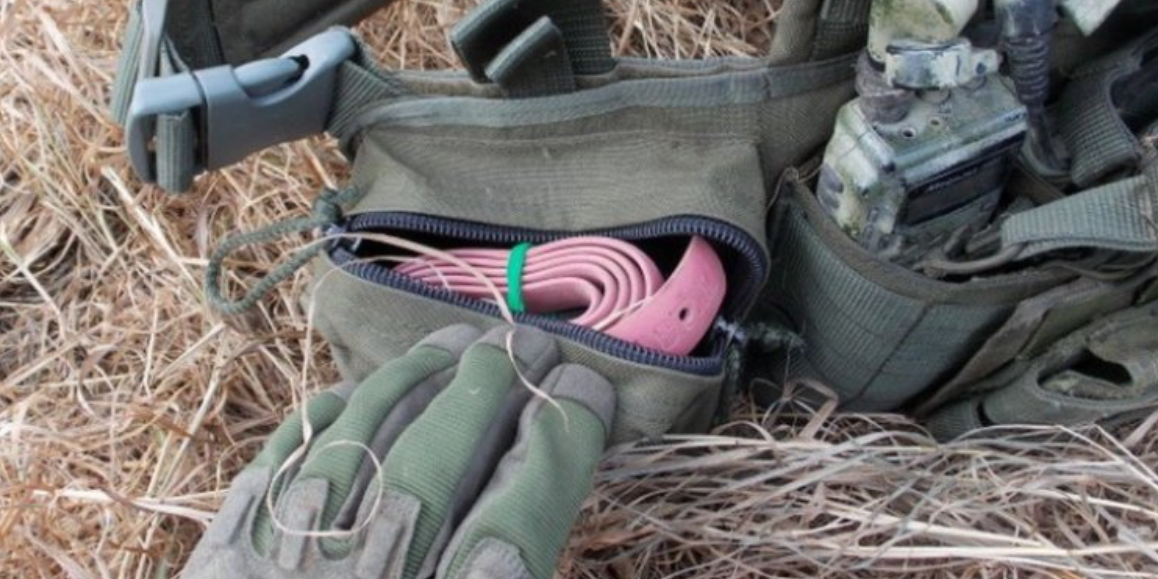
The correct application of the Esmarch tourniquet is critical to stopping serious bleeding and saving the victim's life. However, before applying the tourniquet, it is necessary to prepare the device and the affected area of the body.
In the following sections, we will discuss in detail the steps that need to be taken to use the tourniquet safely and effectively, including how to prepare the tourniquet for use, how to apply it correctly, how long it is safe to leave the tourniquet on the limb, how to ensure that it is being applied correctly, and when the use of an Esmarch tourniquet is not appropriate.
How to prepare an Esmarch tourniquet before applying it
Proper preparation of the Esmarch Tourniquet is a critical step in ensuring its effectiveness and safety in stopping major bleeding.
Neglecting these preparatory steps can cause complications and reduce the effectiveness of stopping bleeding. Therefore, the following steps must be followed carefully before applying the tourniquet:
- Unfold the harness completely and check it for damage, tears, or cracks, as these may affect its functionality.
- Make sure that the buckle or clasp on the harness is in good condition and can securely hold the device.
- If possible, place a soft cloth or garment under the tourniquet to avoid damaging the victim's skin.
- Position the injured limb above the level of the heart, if possible, to reduce bleeding before applying the tourniquet.
After completing these steps, the tourniquet is ready for immediate use. It is important to remember that quality training significantly reduces the risk of complications and increases the effectiveness of first aid, helping to save the victim's life.
How to apply an Esmarch tourniquet correctly
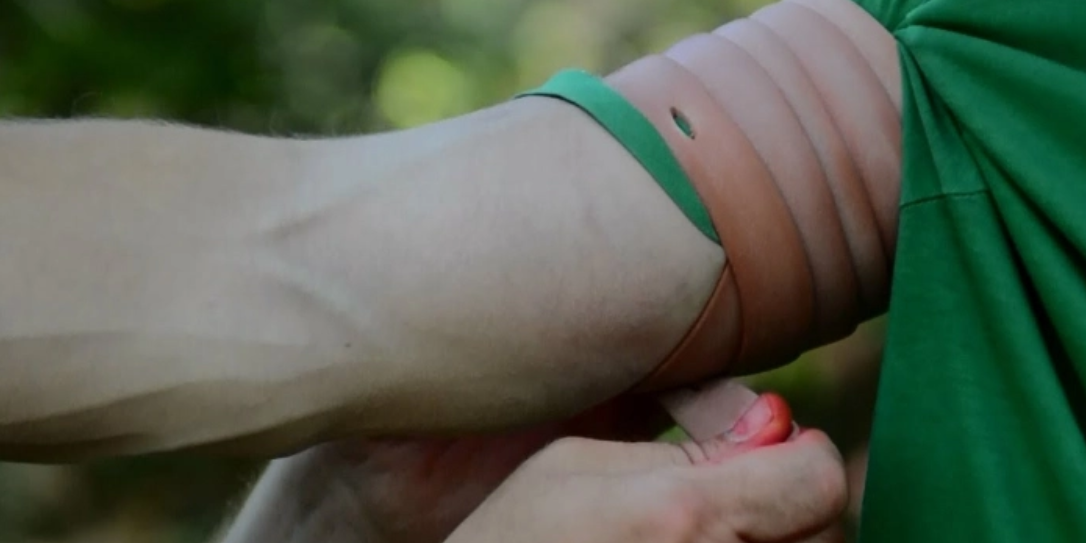
The correct application of an Esmarch tourniquet is a critical step in the first aid process for serious bleeding.
Inept or incorrect use of this device can lead to significant complications, including tissue necrosis or nerve damage. Therefore, it is important to follow clear and proven instructions to ensure the safety and effectiveness of the procedure.
To apply an Esmarch tourniquet correctly, the following steps should be followed:
- The tourniquet should be applied 5-8 cm above the injury site. If it is difficult to determine the exact location of the injury, the tourniquet should be applied as high as possible, but not over the joint.
- The first turn should be as tight as possible to effectively block the arterial blood flow, starting to wrap the limb from the inside out.
- Subsequent turns should be applied less tightly, according to the principle of ‘tiles’: each subsequent layer overlaps the previous one by 2/3 - 3/4 of the tourniquet width.
- Secure the end of the harness with a special buckle, clasp, or simple knot, depending on the design of your device.
- After applying the tourniquet, make sure that there is no pulse below the tourniquet, which confirms the effectiveness of the procedure.
- Be sure to record the exact time of tourniquet application by writing it down and placing the information in a visible place (e.g., under the tourniquet coil).
Strict adherence to these rules will help to effectively stop bleeding and minimise the risks to the victim's health. It is important to remember that although a tourniquet is a powerful life-saving tool, it should be used carefully and responsibly.
For how long is the Esmarch tourniquet applied
An important aspect of using an Esmarch tourniquet is to control the time it is left on the injured limb. Exceeding the recommended time can lead to serious complications, including irreversible tissue or nerve damage, up to and including necrosis.
In the warm season, the tourniquet can remain on the limb for up to one hour. In cold weather, the safe time is reduced to 30 minutes due to the risk of tissue hypothermia. In any case, the limb should be insulated if the ambient temperature is low.
After the specified time has elapsed, the tourniquet should either be loosened or removed and reapplied slightly above the previous place. It is important to remember that the total time of tourniquet application should not exceed two hours, as prolonged blockage of blood circulation leads to irreversible tissue damage.
To prevent complications, be sure to record the time of tourniquet application: write it down on paper, stick it on the victim, or write it directly on the skin next to the tourniquet. This simple action helps doctors to assess risks in a timely manner and provide assistance without additional losses.
How to determine if the tourniquet is applied correctly
Checking the correct application of the Esmarch tourniquet is critical to ensure that the tourniquet is applied effectively and without harming the limb tissue. Incorrect application can lead to inadequate bleeding control or, conversely, to complications due to excessive pressure.
The main signs of a properly applied tourniquet are:
- Bleeding from the wound stops completely.
- There is no pulsation in the arteries below the tourniquet.
- The limb becomes pale in colour and colder to the touch.
If the limb becomes cyanotic, this indicates that the veins are being compressed without effectively stopping arterial blood flow. In this case, the tourniquet should be removed and reapplied with the correct tension.
The condition of the limb should be checked regularly while waiting for medical assistance to arrive. This helps to identify violations in time and correct the situation, minimising the risks to the victim.
When not to apply an Esmarch tourniquet
Although the Esmarch tourniquet is an effective tool for temporarily stopping bleeding, there are situations when its use can be dangerous. First of all, it is strictly forbidden to apply the tourniquet to the neck or head, as this can lead to a fatal disruption of the blood supply to the brain.
You should also not use a tourniquet on the torso - on the chest or abdomen - because this way it is impossible to effectively block blood flow in large vessels, and additional pressure can damage internal organs.
Placing the tourniquet directly on joints such as the knee or elbow is also a mistake, as the pressure will not be sufficient to stop the bleeding completely due to anatomical features. In addition, do not place the tourniquet next to medical devices, such as catheters or drains, as this may cause damage or malfunction.
It is also important to take into account general contraindications: it is not recommended to use the Esmarch tourniquet in children under the age of three, in the presence of purulent infection in the area of injury, signs of anaerobic infection or severe atherosclerosis of the arteries.
Choosing between an Esmarch harness and a turnstile
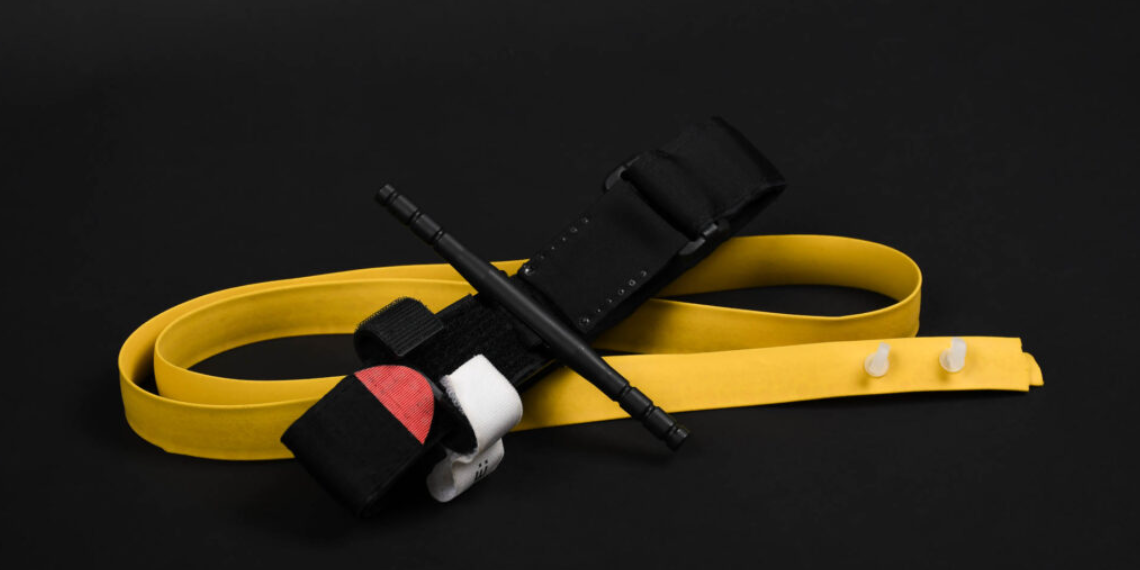
Today, with the availability of modern haemostatic agents, the question arises: what is better to choose in a critical situation - a classic Esmarch tourniquet or a modern tourniquet with a twist?
The Esmarch tourniquet has the advantage of simplicity of design and availability. It can be used to temporarily stop bleeding in a hospital during surgery or for mutual aid when there is a need to quickly immobilise a limb.
However, in emergency conditions, where speed and independence are important, its effectiveness is limited. The Esmarch tourniquet is difficult to apply with one hand, requires certain skills, and the rubber material can lose its properties at extreme temperatures.
A twist tourniquet, on the other hand, has a number of advantages: it is easy to apply even by yourself with one hand, the tension can be precisely adjusted using the twist mechanism, and the materials of modern turnstiles can withstand harsh storage and use conditions. Most models have a special place for marking the time of application, which makes it easier to control the safe period of use.
Thus, when it comes to providing first aid in field or combat conditions, where independence and speed are critical, the tourniquet is the preferred choice. The Esmarch tourniquet remains relevant in surgery and in cases where trained medics are available or there is no other choice.
Conclusion
The Esmarch tourniquet remains an important element of first aid, despite the advent of more modern tourniquets. Its simplicity, reliability and historical proven track record make it a useful tool in many situations, especially in hospital settings or in the absence of modern facilities.
At the same time, for effective tourniquet use, it is necessary to know the basic rules of tourniquet preparation and application, to closely monitor the time the tourniquet is on the limb, and to be able to correctly assess situations when its use is appropriate. Modern tourniquets with a twist have significant advantages in the field and provide greater speed, convenience and safety when stopping bleeding on their own.
Mastering the skills of working with both Esmarch tourniquets and modern tourniquets increases the chances of saving lives in critical situations. A responsible attitude to the choice and use of haemostatic agents should be a mandatory element of training for anyone who may find themselves in a first aid situation.
